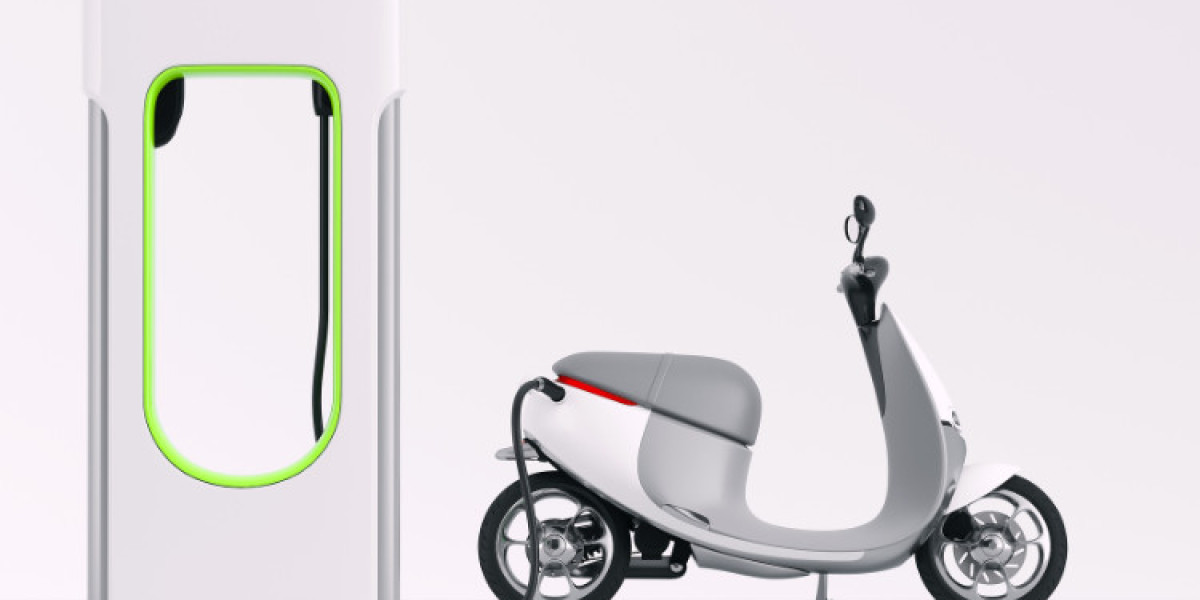Designing a corporate office is a complex task that involves balancing aesthetics, functionality, and the unique needs of the organization. As businesses evolve, so do their requirements for office spaces. However, corporate office interior design comes with its own set of challenges. Understanding these challenges and knowing how to address them can lead to a successful and productive workspace. Here are seven common challenges in corporate office interior design and strategies to overcome them.
1. Balancing Aesthetics and Functionality
One of the primary challenges in corporate office interior design is finding the right balance between aesthetics and functionality. While a visually appealing space can enhance the company’s image, it must also serve the practical needs of employees.
Solution:
- Collaborative Design Process: Involve employees in the design process to understand their needs and preferences. This can help ensure that the space is not only attractive but also functional.
- Flexible Spaces: Incorporate flexible design elements that can adapt to different tasks. For example, use modular furniture that can be rearranged for collaborative work or individual tasks.
2. Adapting to Technological Advancements
With the rapid pace of technological advancements, corporate offices must be designed to accommodate new technologies. This includes everything from high-speed internet to advanced audiovisual systems.
Solution:
- Future-Proofing: When designing the office, consider future technological needs. Plan for ample power outlets, data ports, and wireless connectivity throughout the space.
- Integrated Technology: Work with an interior design firm that understands how to integrate technology seamlessly into the design. This can include built-in screens for presentations or smart boards for collaboration.
3. Creating a Collaborative Environment
In today’s work culture, collaboration is key to innovation and productivity. However, designing a space that fosters collaboration while still allowing for privacy can be challenging.
Solution:
- Zoned Areas: Create distinct zones within the office for different activities. Open areas can encourage collaboration, while quiet zones can provide privacy for focused work.
- Common Spaces: Design inviting common areas, such as lounges or break rooms, where employees can gather and collaborate informally. These spaces can help break down barriers and encourage teamwork.
4. Ensuring Employee Comfort and Well-Being
Employee comfort is crucial for productivity and job satisfaction. However, achieving a comfortable environment that meets the diverse needs of all employees can be challenging.
Solution:
- Ergonomic Furniture: Invest in ergonomic furniture that supports employee health and comfort. Adjustable desks and chairs can help accommodate different body types and preferences.
- Natural Elements: Incorporate biophilic design elements, such as plants and natural light, to create a calming atmosphere. Studies show that exposure to nature can reduce stress and improve overall well-being.
5. Managing Budget Constraints
Budget constraints are a common challenge in corporate office interior design. Balancing quality and cost while meeting design goals can be difficult.
Solution:
- Prioritize Needs: Identify the most critical elements of the design and allocate budget accordingly. Focus on high-impact areas that will enhance employee experience and productivity.
- Phased Implementation: Consider implementing the design in phases. This allows for spreading costs over time while still making progress toward the overall vision.
6. Navigating Regulatory Compliance
Corporate offices must comply with various regulations, including building codes, safety standards, and accessibility requirements. Navigating these regulations can be complex and time-consuming.
Solution:
- Consult Professionals: Work with experienced architects and interior designers who are familiar with local regulations. They can help ensure that the design meets all necessary compliance standards.
- Regular Reviews: Conduct regular reviews of the design plans to ensure compliance throughout the process. This proactive approach can help avoid costly changes later on.
7. Reflecting Company Culture
A corporate office should reflect the company’s culture and values. However, translating these intangible elements into a physical space can be challenging.
Solution:
- Branding Elements: Incorporate branding elements into the design, such as colors, logos, and artwork that represent the company’s identity. This can create a cohesive look that resonates with employees and clients alike.
- Storytelling Through Design: Use design to tell the company’s story. This can include showcasing milestones, achievements, or the company’s mission through visual elements in the office.
Conclusion
Designing a corporate office is a multifaceted challenge that requires careful consideration of various factors. By understanding the common challenges in corporate office interior design and implementing effective solutions, businesses can create spaces that are not only functional but also stylish and reflective of their brand identity. A well-designed office can enhance employee satisfaction, foster collaboration, and ultimately contribute to the success of the organization.
What People Also Ask
What is corporate office interior design?
Corporate office interior design refers to the process of planning and designing the interior spaces of corporate offices, focusing on functionality, aesthetics, and the overall work environment.
Why is employee comfort important in office design?
Employee comfort is crucial because it directly impacts productivity, job satisfaction, and overall well-being. A comfortable workspace can lead to happier employees and lower turnover rates.
How can I create a collaborative environment in my office?
To create a collaborative environment, consider designing open spaces for teamwork, incorporating common areas for informal gatherings, and providing flexible furniture that can be rearranged as needed.
What are some budget-friendly tips for office design?
Prioritize essential design elements, consider phased implementation, and explore cost-effective materials and furniture options to stay within budget while achieving your design goals.
How can I ensure my office design complies with regulations?
Consult with experienced architects and corporate office interior design who are familiar with local building codes and regulations. Regularly review design plans to ensure compliance throughout the process.







